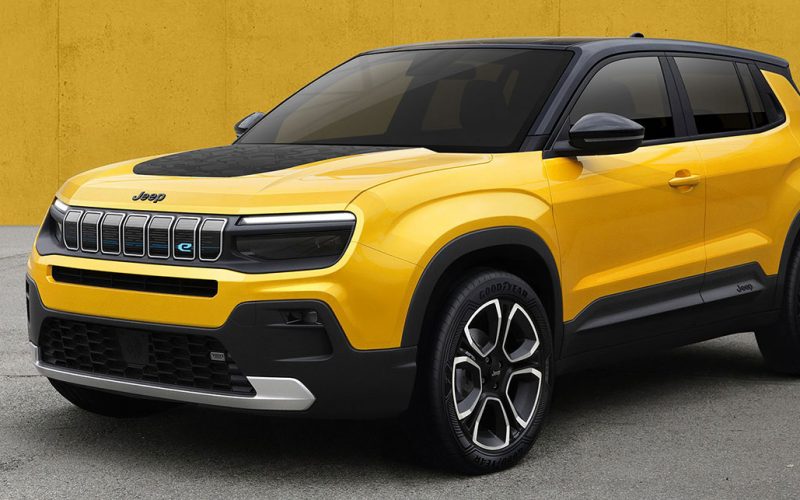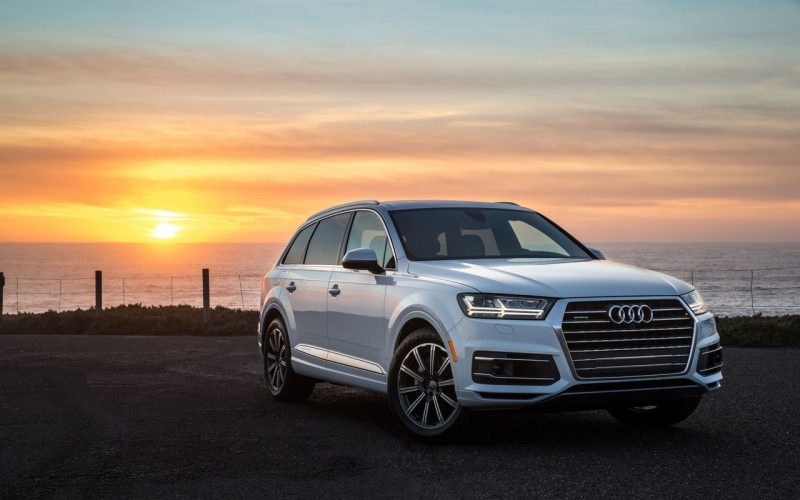
Reading Time: 5 minutesStellantis, the company most Canadians have never heard of, is planning to build 25 new electric

Reading Time: 4 minutesAudi and Subaru have been named best Mainstream Brand and best Premium Brand respectively in ALG’s
© 2025 The Car Magazine. All Rights Reserved, Privacy Policy | Terms of Use